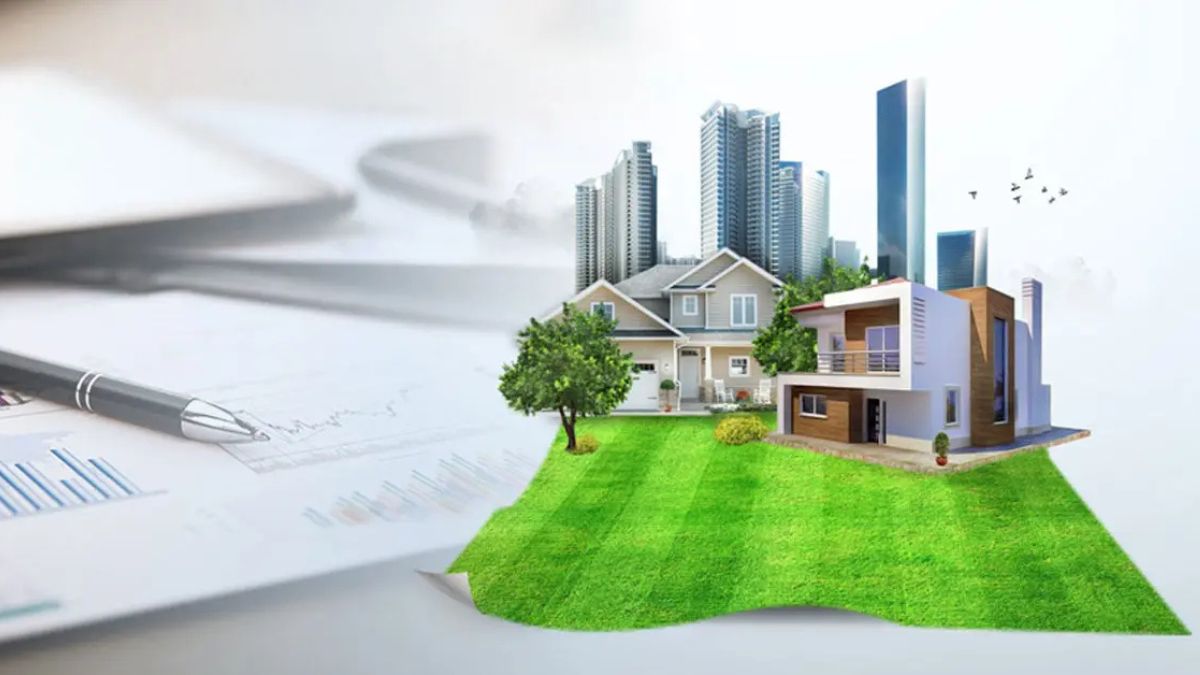Sustainable real estate in Pakistan is becoming a vital focus as the property sector adapts to environmental, economic, and urbanization challenges. With rising energy costs, climate change concerns, and increasing demand for eco-friendly living, green building practices are reshaping the country’s real estate landscape. Developers, investors, and policymakers are now working towards building projects that are energy-efficient, resource-conscious, and future-ready.
What Is Sustainable Real Estate Development?
Sustainable real estate development refers to creating residential, commercial, and mixed-use projects that reduce environmental impact, conserve resources, and improve living standards. It integrates smart design, eco-conscious materials, and innovative construction methods to deliver properties that are environmentally responsible, socially beneficial, and economically viable.
Key Drivers of Sustainable Real Estate in Pakistan
1. Energy Efficiency
- Solar power systems for homes and commercial projects
- Double-glazed windows and insulated walls to maintain indoor climate
- LED lighting and energy-efficient HVAC solutions
2. Water Conservation
- Rainwater harvesting in housing societies
- Greywater recycling for gardens and landscaping
- Low-flow taps and efficient plumbing systems
3. Eco-Friendly Building Materials
- Locally sourced stone, bamboo, and recycled metals
- Low-VOC paints and sustainable finishes
- Environmentally friendly cement alternatives
4. Smart Technology Integration
- IoT-based home automation for utility management
- Building Information Modeling (BIM) for better planning
- Smart meters to monitor energy and water use
5. Sustainable Urban Planning
- Mixed-use developments to reduce commuting
- Green belts, public parks, and pedestrian-friendly zones
- Public transport integration within residential projects
READ MORE: Bahria Town Property Under Pressure Amid NAB Auctions, Malik’s Alarming Tweets
Benefits of Sustainable Real Estate in Pakistan
- Lower Operating Costs – Energy-efficient designs reduce utility bills
- Higher Market Value – Green-certified properties attract premium buyers
- Better Quality of Life – Improved air quality and natural lighting
- Government Incentives – Possible tax relief for eco-friendly projects
- Long-Term Stability – Compliance with future environmental regulations
Challenges in Pakistan’s Green Real Estate Growth
- Limited Awareness – Many builders lack knowledge of LEED and green certifications
- Regulatory Barriers – Outdated codes slow down adoption
- High Initial Costs – Long-term benefits outweigh higher upfront investments
Examples of Sustainable Real Estate Projects in Pakistan
- Yasmeen Lari’s Low-Cost Housing – Flood-resistant bamboo homes under $200 each
- Ravi Riverfront Project, Lahore – Incorporates green zones and water management systems
- Fatima Jinnah Park, Islamabad – Solar-powered facilities generating 0.85 MW
- The Health Park, Islamabad – Eco-integrated healthcare and residential development
READ MORE: Malik Riaz Warns of Complete Bahria Town Shutdown Amid State Crackdown
The Future of Sustainable Real Estate in Pakistan
- Green Financing Models – Green bonds and eco-REITs to fund large projects
- Updated Policies – Building codes with mandatory sustainability measures
- Smart Cities – AI and IoT-based infrastructure for energy efficiency
- Public Awareness Campaigns – Educating buyers about long-term sustainability benefits
Conclusion
Sustainable real estate development in Pakistan is no longer an emerging trend—it is becoming an industry standard. By combining environmental responsibility with economic value, developers can create properties that are profitable, durable, and beneficial to communities. The future of Pakistan’s property sector lies in green, smart, and sustainable urban development.









